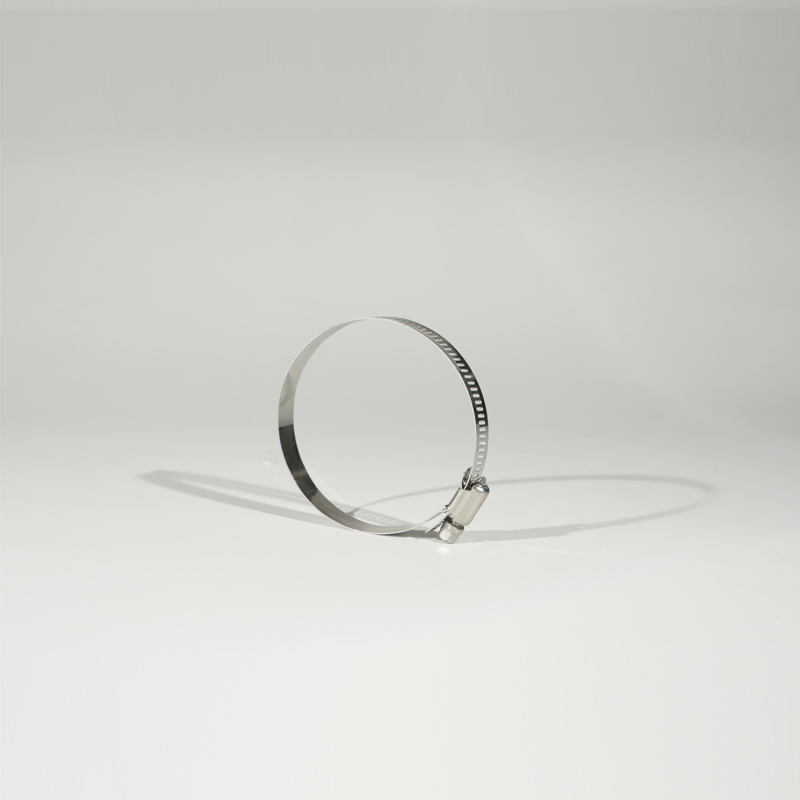- Phone:+86-17331948172 +86-0319-8862898
- E-mail: inquiry@puxingclamp.com
окт. . 03, 2024 10:16 Back to list
Automotive Hose Secure Clamps for Reliable and Durable Performance
Understanding Auto Hose Clamps Importance, Types, and Applications
Auto hose clamps are essential components in various automotive systems. These small yet vital devices are used to secure hoses onto fittings, ensuring that fluids and gases do not leak out. Given the critical role they play in the functionality of vehicles, understanding the different types of hose clamps, their applications, and their importance can greatly enhance any car enthusiast’s knowledge.
Importance of Auto Hose Clamps
The primary purpose of auto hose clamps is to maintain a strong connection between hoses and fittings. In automotive applications, these clamps are crucial for securing radiator hoses, coolant hoses, fuel lines, and air intake hoses. A proper seal prevents leaks, which can lead to severe engine damage, overheating, or malfunction. In addition to fluid retention, hose clamps also provide the necessary pressure to support the system’s integrity, particularly in high-pressure scenarios such as fuel delivery.
Additionally, the durability of auto hose clamps ensures long-term reliability. Many auto hose clamps are designed to withstand extreme temperatures and corrosive conditions, making them suitable for use in difficult environments. Choosing the appropriate hose clamp is vital for guaranteeing a vehicle's performance and longevity.
Types of Auto Hose Clamps
There are several types of hose clamps available in the market, each designed for specific applications
1. Screw-Type Clamps These are the most common type, featuring a metal band with a screw mechanism that tightens the clamp around the hose. They are adjustable and can accommodate a range of hose sizes.
auto hose clamp

2. Spring Clamps Made from spring steel, these clamps provide constant pressure on the hose, adapting to temperature changes. They are commonly used in automotive applications where vibration is a factor.
3. Wire Clamps These are simple and cost-effective, typically used for low-pressure applications. They are made of wire and can be a viable choice for securing less critical hoses.
4. T-Bolt Clamps Ideal for high-performance or heavy-duty applications, T-bolt clamps use a bolt mechanism for tightening, offering superior sealing capabilities for larger hoses commonly found in turbocharged engines.
5. Radiator Hose Clamps Specifically designed to secure radiator hoses, these clamps often feature a unique design to accommodate the round shape of the hose without causing damage.
Applications of Auto Hose Clamps
Auto hose clamps find application across various automotive systems. They are essential in
- Cooling Systems Keeping coolant hoses secure prevents overheating and maintains proper thermal regulation in engines. - Fuel Systems Preventing fuel leaks is critical for both safety and efficiency, making robust hose clamps indispensable in fuel line applications. - Air Intake Systems Securing air intake hoses enhances engine performance by ensuring that the air-fuel mixture remains optimal.
In summary, while auto hose clamps may seem like minor components in the grand scheme of automotive engineering, their significance cannot be overstated. They ensure that vehicles operate safely and efficiently by preventing leaks and maintaining the integrity of critical systems. Understanding the various types of hose clamps and their specific applications aids in making informed choices during vehicle maintenance or modifications, ultimately promoting safety, performance, and reliability on the road. When it comes to automobile care, investing in quality hose clamps equates to peace of mind and enhanced vehicle longevity.
-
Large Stainless Steel Adjustable American Type Hose Clamp - Hebei Pux Alloy | Corrosion Resistance, Adjustable Design
NewsAug.03,2025
-
Large Stainless Steel Adjustable American Type Hose Clamp - Hebei Pux Alloy Technology Co., Ltd | Corrosion Resistance, Adjustable Design
NewsAug.03,2025
-
Premium Stainless Steel Strip Coil | Durable & Rust-Resistant
NewsAug.03,2025
-
Large Stainless Steel Adjustable American Type Hose Clamp - Hebei Pux Alloy Technology Co., Ltd
NewsAug.03,2025
-
Large Stainless Steel Adjustable American Type Hose Clamp - Hebei Pux Alloy Technology Co., Ltd
NewsAug.02,2025
-
Large Stainless Steel Adjustable American Type Hose Clamp - Hebei Pux Alloy Technology Co., Ltd
NewsAug.02,2025




